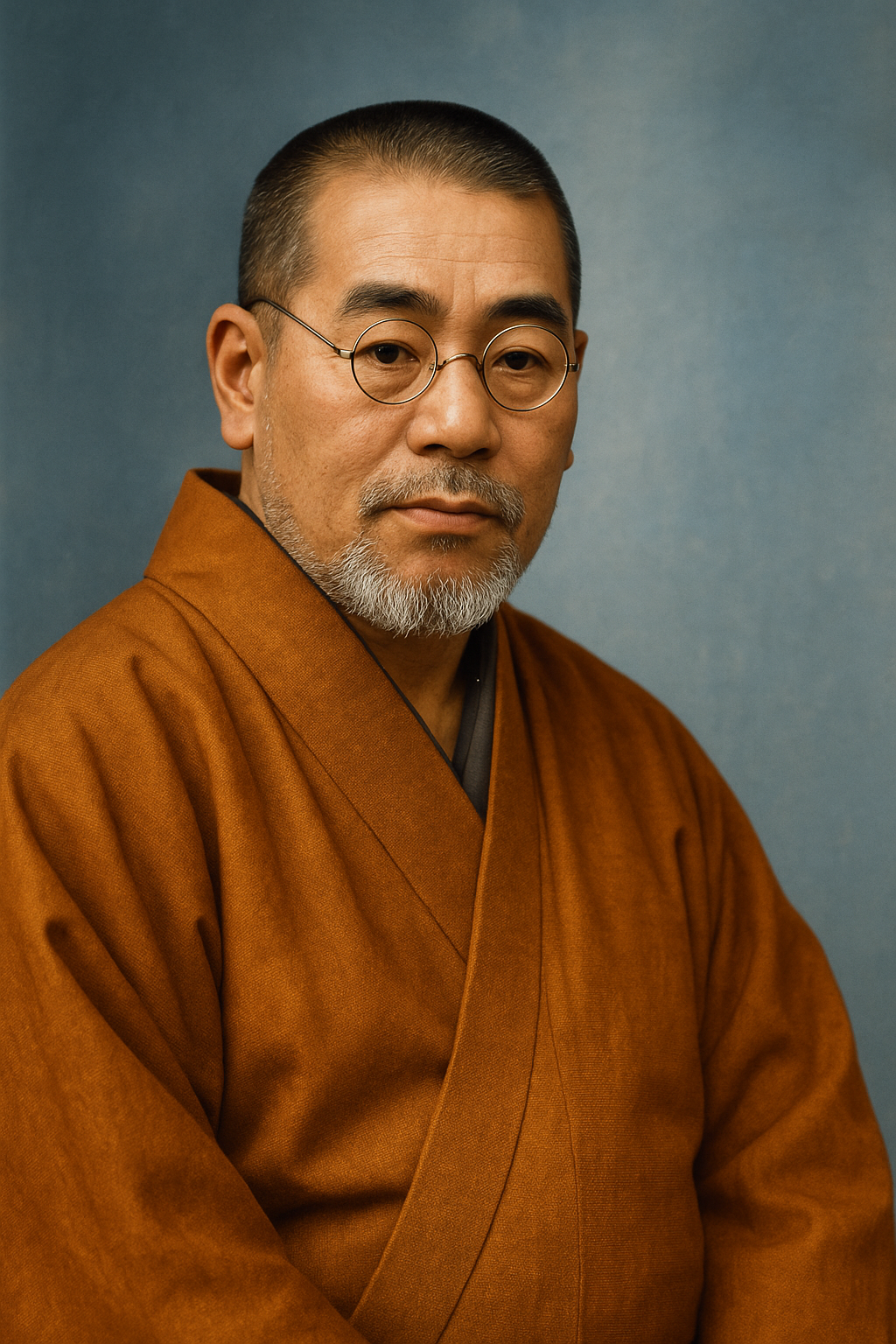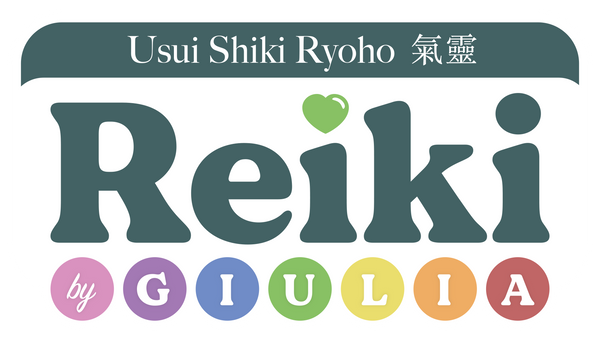What is Reiki?
Overview
Reiki, a Japanese healing art dating back to the early 20th century, revolves around the concept of channeling universal life energy for the purpose of healing and relaxation. At its core, Reiki combines two Japanese words: "Rei," meaning universal or spiritual, and "Ki," representing life force energy. This practice is founded on the belief that an unseen life force flows through all living beings, and the harmonious flow of this energy is crucial for one's well-being.During a session
During a Reiki session, a practitioner uses their hands to gently lay them on or slightly above the recipient's body, guiding the flow of energy. The intention is to address imbalances in the energy field, promoting a sense of tranquility and balance. This holistic approach encompasses the physical, emotional, mental, and spiritual dimensions of an individual, providing a comprehensive experience for those seeking relaxation and healing.What to expect
The tranquil setting of a Reiki session is designed to foster a sense of peace, allowing individuals to momentarily detach from the stresses of daily life. Practitioners often utilize specific hand positions, symbols, and mantras to enhance the energy transfer. While Reiki is not a substitute for conventional medical care, many people find it to be a valuable complementary therapy, supporting overall well-being and promoting a deeper connection with oneself.Benefits of Reiki
The duration of a Reiki session is typically one hour, providing individuals with a dedicated time to focus on self-care and rejuvenation. It's an opportunity to embrace the subtle yet powerful energy that flows through all living things, fostering a renewed sense of balance and harmony. Whether you're a newcomer or a seasoned practitioner, Reiki offers a path to relaxation and holistic wellness.Usui Shiki Ryoho & Usui Reiki Ryoho
Usui Reiki Ryoh
Usui Reiki Ryoho, or Shin-Shin Kai-Zen Usui Reiki Ryo-Ho, is the healing system conceived by Mikao Usui in the early 20th century. Born out of Usui's profound mystical experience on Mount Kurama in 1922, this system is centered on the universal life energy known as Reiki. The name translates to "Usui's spiritual healing method." Usui Reiki Ryoho focuses on channeling energy through palm placement, with practices evolving over time, including the use of symbols and attunements.Usui Shiki Ryoho
Translated as "The Usui System of Natural Healing," Usui Shiki Ryoho was coined by Phyllis Lei Furumoto, a Reiki master in the lineage of Mikao Usui, Chujiro Hayashi, and Hawayo Takata. While maintaining the essence of Takata's system, Furumoto introduced refinements for easier assimilation in the Western world. This branch incorporates the Four Aspects and Nine Elements philosophy, emphasizing personal development, spiritual discipline, and mystic order. Unlike Usui Reiki Ryoho, treatments are given horizontally, and attunements have variations, including distance and recorded methods.In Summary
Both branches share the common root of Usui's teachings but have distinct perspectives and practices. Usui Reiki Ryoho, rooted in traditional Japanese energy systems, avoids the Chakra system and follows the five Reiki principles. On the other hand, Usui Shiki Ryoho embraces the Chakra system and introduces additional elements for a holistic approach.
The style of Reiki practiced at Reiki by Giulia is the latter of the two mentioned above, Usui Shiki Ryoho. If you're interested in experiencing what this wonderful discipline of healing has to offer, click here to book a session.

Mikao Usui
“The secret art of inviting happiness. The miraculous medicine of all diseases.”
Mikao Usui was the founder of the Reiki system I practice today — Usui Shiki Ryoho. A Japanese spiritual teacher born in 1865, he developed Reiki after a deeply transformative retreat on Mount Kurama. His vision was to share a simple, natural method of healing that supports the whole person — body, mind, and spirit.
Usui’s teachings laid the foundation for the Reiki practices that have since spread across the world, offering peace, clarity, and connection to countless people.
